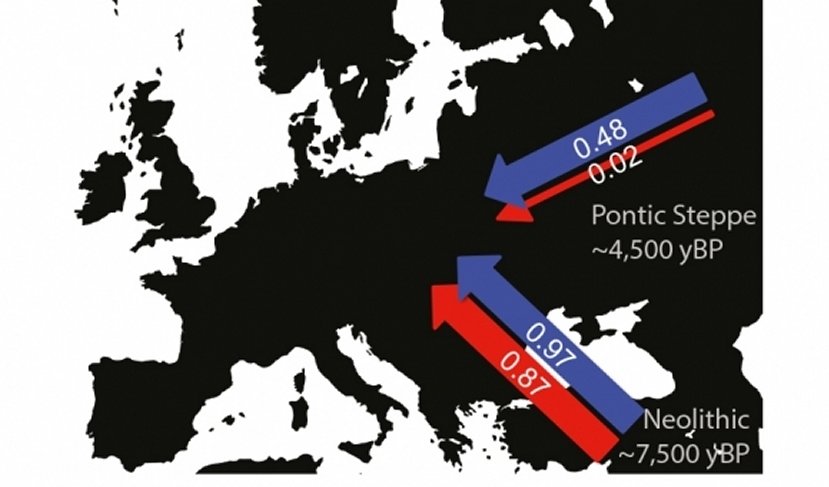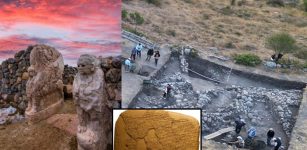Predominantly Men Migrated From Pontic-Caspian Steppe To Europe 5,000 Years Ago
MessageToEagle.com – There were almost only men who migrated from the Pontic-Caspian Steppe approximately 5,000 years ago, according to a new genetic study.
Scientists from Uppsala and Stanford University investigated the genetic ancestry on the sex-specifically inherited X chromosome and the autosomes in 20 early Neolithic and 16 Late Neolithic/Bronze Age human remains.
The obtained results show that hardly any women took part in the extensive migration.
In recent years, new genetic studies have shown that it takes two major migrations of people to Europe in ancient times.
The first was 8,000 years ago when people from today’s Turkey introduced agriculture. The second took place 5,000 years ago, when people from Central Asia migrated into the new technology as trucks with wheels.
See also:
Unraveling The Mystery Of The Madagascar Migration: Can Ancient Crops Solve The Riddle?
Here’s How Genetics Helped Crack The History Of Human Migration
4,500-Year-Old Skeleton Unearthed In Ethiopia Reveals Vast Eurasian-African Migration
The new genetic study from Uppsala and Stanford University reveals that the first migration wave consisted of as many women as men. At the same time, they have discovered that the second great wave of people from the East consisted of ten times more men than women.
“For later migrations from the Pontic steppe during the early Bronze Age, however, we find a dramatic male bias,” said Mattias Jakobsson, professor of Genetics at the Department of Organismal Biology, Uppsala University.
“There are simply too few X-chromosomes from the migrants, which points to around ten migrating males for every migrating female.”

This dramatic male bias, researchers write about in their paper is “approximately five to 14 migrating males for every migrating female. We find evidence of ongoing, primarily male, migration from the steppe to central Europe over a period of multiple generations, with a level of sex bias that excludes a pulse migration during a single generation…”
Written sources from that time also suggests that young men from the great steppe regions of Central Asia left the home district because they did not possess any inheritance or work at home.
Contrary to earlier hypotheses suggesting patrilocality (practice, in which a family resides near the man’s kin group or clan, researchers found no evidence of sex-biased admixture during the migration that spread farming across Europe during the early Neolithic.
MessageToEagle.com











